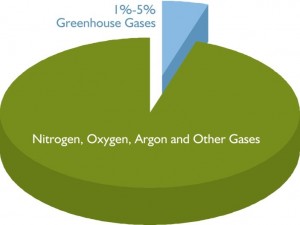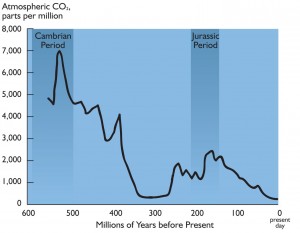Supreme Court Votes Against Clean Air Act
Yesterday, the Supreme Court vote dealt a major blow to President Obama and his Environmental Protection Agency’s regulation of carbon dioxide emissions from power plants under the Clean Air Act. The Clean Air Act requires EPA to set national ambient air quality standards (NAAQS) for ozone and five other pollutants considered harmful to public health and the environment. However, the new regulation would have severe consequences, as emphasized here by the Supreme Court vote.
In addition, written testimony, related to this issue, by the NCPA to the Environmental Protection Agency last year included:
The EPA’s proposed regulation ― which would lower the threshold of ground-level ozone pollution ― has been characterized as “the most expensive regulation ever.”
President Obama nixed a similar version of this rule in 2011, claiming that he was acting to “underscore the importance of reducing regulatory burdens and regulatory uncertainty.” Yet many are wondering what happened to President Obama’s commitment to “reducing regulatory burdens” in the face of the EPA’s new proposal.
The proposal itself would lower the existing acceptable ozone standard from 75 parts per billion (ppb) to somewhere between 65 and 70 ppb ― though the EPA’s science advisers would rather see limits closer to 60 ppb. According to the EPA and environmentalist groups, lowering the amount of acceptable ozone would increase public health, reduce illness and premature deaths, and lead to $21.2-$42.1 billion in benefits, contrasted with $16.6 billion in costs.
However, a recent study by the National Association of Manufacturers found that the new ozone regulation could have a very high cost in jobs and to the economy. The study found that a stricter new ozone regulation could:
- Reduce U.S. GDP by $270 billion per year and $3.4 trillion from 2017 to 2040.
- Result in 2.9 million fewer jobs per year on average through 2040.
- Cost the average U.S. household $1,570 per year.
- Increase natural gas and electricity costs for manufacturers and households across the country.
The EPA must make a final decision on the rule by October 1, 2015. While many argue that it’s too early to truly estimate the costs of the proposed regulation, the initial forecasts put millions of jobs, billions of dollars in investment, and trillions of dollars of economic output at risk.
Heavy regulations like this one cost too many jobs and wreck the economy. Businesses will choose to go to other countries with friendlier business environments, further negatively impacting our economy in the long run. We must look at the bigger picture and see the other side of the issue and understand that more harm than good is achieved through many existing regulations like this new one.
A domestic energy boom means nothing if the economy cannot rise with it — over a trillion dollars of estimated regulatory burden directly burdens job markets and wage growth. The American voters are clear: the economy and jobs remains their top concern; elected officials need to begin representing their constituents.


